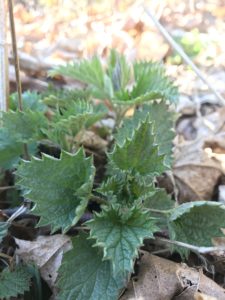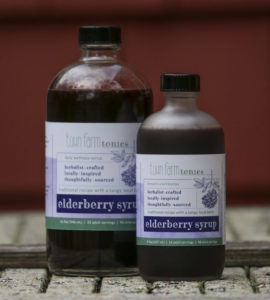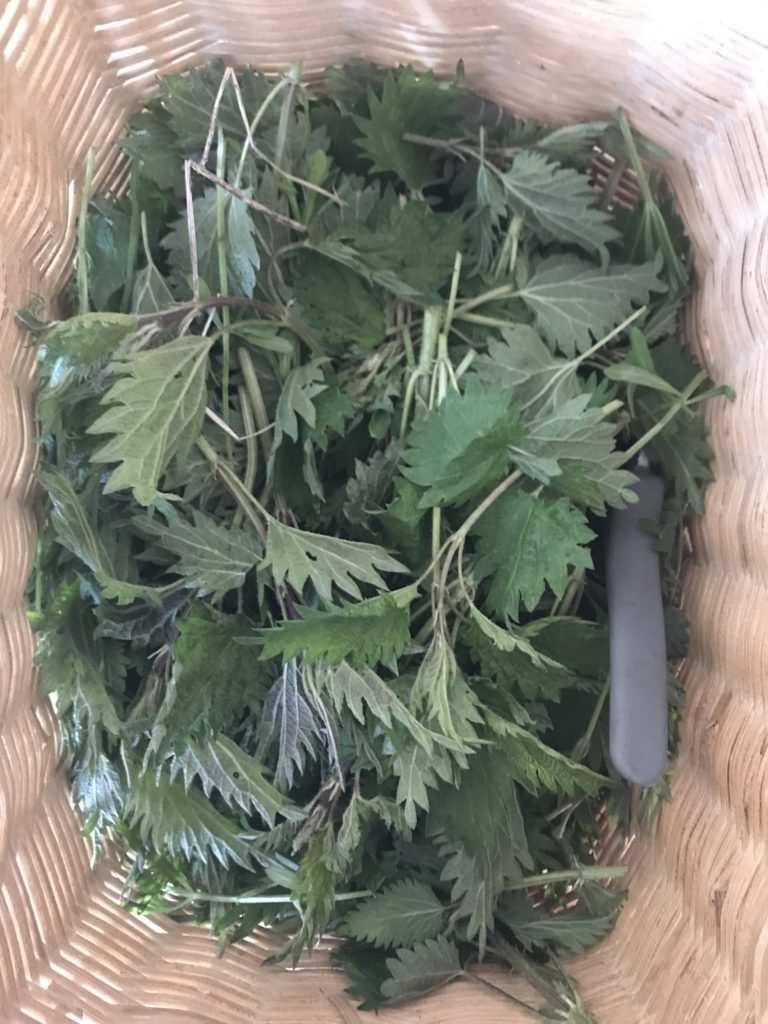Getting to know Nettle: properties, benefits, and more!
One hot summer day, a human was walking with their furry companion to the community dog park. Along the gravel path, the pair noticed an outgrown stand of plants. To Rover’s surprise, their human swiftly lifted the pup off the ground. In front of them stood a large shrub of Nettle!
 History of Nettle
History of Nettle
human: Rover, you must be cautious with your sensitive snout – those stalks are called Stinging Nettle for a reason!
Nettle: Excuse me, are you talking about me? Or perhaps about one of my family members? My family is abundant across five continents. Because of that, we’ve naturally acquired many herbivores who want to eat us. The stinging quality you mentioned was adapted for protection.
human: Ah! Nettle, you can speak? Sorry, I didn’t mean to be rude. Would you mind enlightening me a bit more about you and your family?
Benefits of Nettle
Nettle: It’d be my pleasure. Because our nutrients can be easily absorbed and assimilated into your systems, you can enjoy Nettle in many forms! Our leaves can be used in teas, cosmetics, tinctures, and other culinary dishes.
human: Is it true that even your woody stems have long been used as a natural fiber for the making of clothing and rope?
Nettle: That sure is true! We delight in working with humans. But I especially love offering nutrition to you exhausted, undernourished folk. Because we strengthen the kidneys and adrenals we help you to restore vital energy!
human: So I take it that some of that power comes from all those nutrients in your dark, wild leaves?
Nettle: Oh yes, we are packed with much-needed trace minerals, potassium, calcium, and vitamin C. We also support bone health, reduce inflammation, and aid with regulating body fluids (you might want to let some elders in your life know about that!).
human: Packed with nutrients, you say? Amazing! Nettle tea sounds delicious! You hear that, Rover? I think I’ll harvest some leaves for later.
Uses of Nettle
Nettle: Stop right there! Stinging Nettle, remember? It’s best to wear gloves and long sleeves when harvesting me.
human: Wait a minute. How am I supposed to eat and drink your leaves if they sting?!
Nettle: That sting is actually formic acid crystals, not physical thorns. Luckily, cooking and mashing denature them quite easily.
human: Okay then, I’ll just throw on my gloves and harvest just enough to steam for dinner. That is… if you don’t mind?
Nettle: Well my friend, given that it’s mid-summer you might not like my current bitter flavor. I taste best in late Spring. That’s when my leaves are most tender. One way to know if I’m not in my prime is to see if I’m flowering.
human: That’s a shame… I suppose I’ll have to wait until next year. I guess that makes me appreciate you a little bit more. Thank you for the heads-up!
Nettle: Thanks for taking the time to listen. I am always eager to share my gifts with the world.
Nettle (Urtica Dioica) Mini-Monograph
Scientific name: Urtica Dioica
Common folk names: Nettle, Stinging Nettle, Common Nettle, Greater Nettle
Habitat: Nettle grows abundantly in temperate climates throughout North America (particularly the US and Canada), South America, Europe, some parts of Asia, and Africa.
Herbal actions: Anti-inflammatory, nutritive (supports bone health, increases hair/skin condition), vasodilator (supports blood vessel flexibility), diuretic (aids with bodily fluids regulation / improves urine output), detoxifier, expectorant (gently relieves congestion), anti-allergic (moderates most allergies)
Common contraindications: Little known. It is recommended to begin taking Nettle in smaller doses.
Harvesting notes: Wear gloves and long sleeves. Nettle leaves, stems, and roots can all be used in herbal remedies. Leaves are best harvested in late March to April when the Nettle plant is small (leaves are most tender, and before it flowers). Some folks suggest the sting increases blood flow, which could be supportive for joint pain.
Fun fact: Nettle is used as a constituent of bast fibers for the textiles industry and sometimes in cosmetics!
Enjoy Nettle in our NOURISH tea blend and Elderberry Syrup!

For more information on how to incorporate herbs and other flowers into your herbalist explorations, check out our blog about making your own floral essence!
References:
[1] Britannica (2018, Oct 31), Stinging nettle, Retrieved from https://www.britannica.com/plant/stinging-nettle
[2] Memorial Sloan Kettering Cancer Center (2019, July 2), Nettle, Retrieved from https://www.mskcc.org/cancer-care/integrative-medicine/herbs/nettle
[3] The Naturopathic Herbalist (2015, Sept 13), Urtica dioica, Retrieved from https://thenaturopathicherbalist.com/2015/09/13/urtica-dioica/
Disclaimer:
The information given about specific plants on or through this site have not been evaluated by the United States Food and Drug Administration (FDA) and is not approved to diagnose, treat, cure or prevent disease. This site is not intended to provide diagnosis, treatment or medical advice. Products, services, information and other content provided on this site, including information that may be provided on this site directly or by linking to third-party websites are provided for informational purposes only. Please consult with a physician or other healthcare professional regarding any medical or health-related diagnosis or treatment options.

